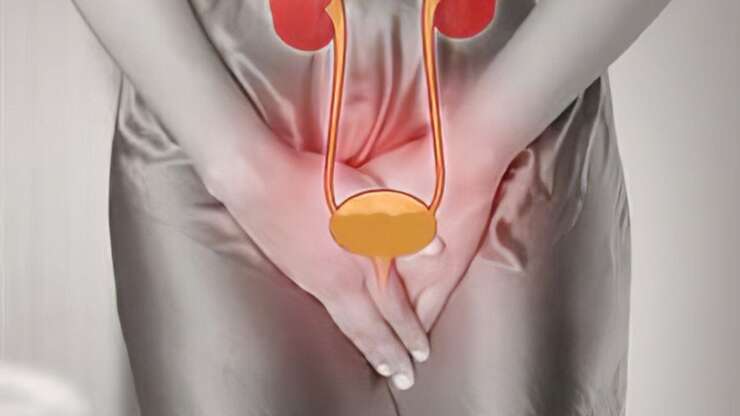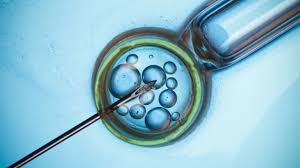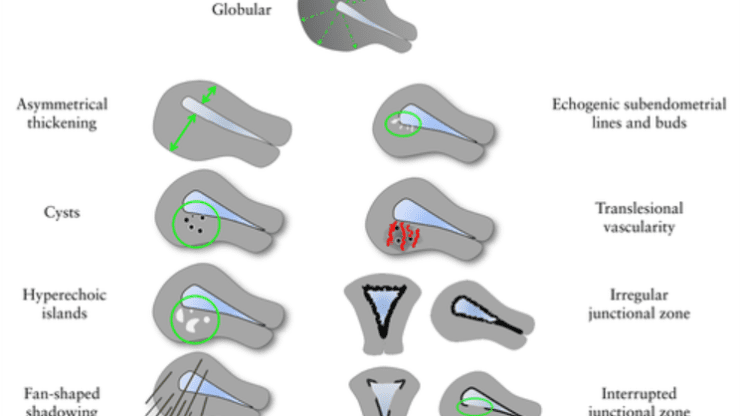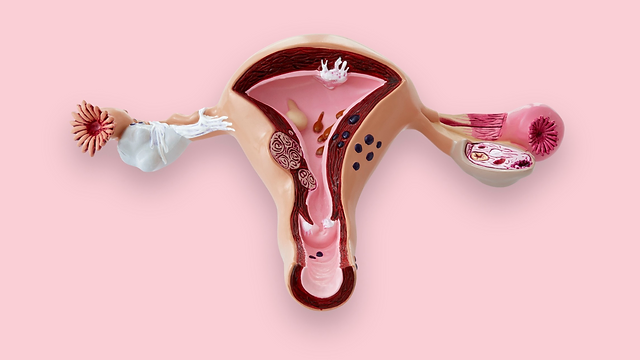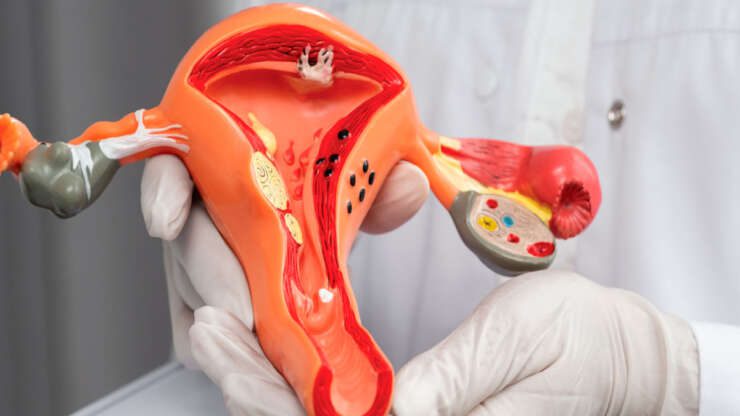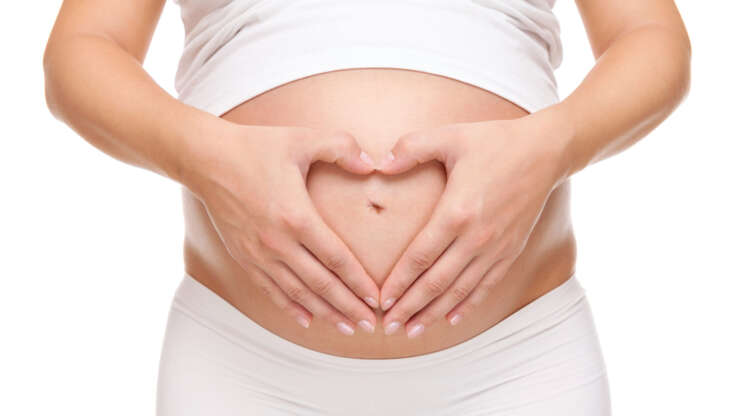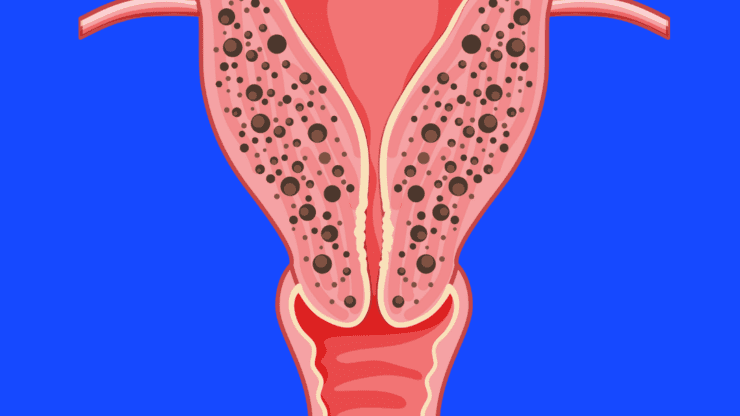Is there a link between age at diagnosis of endometriosis and disease severity? What does research suggest? In this article, I am reviewing a relevant paper by Comptour et al. (1), a prospective study with data collected between 2004 and 2012, aiming to identify a possible correlation between age at diagnosis and severity of endometriosis. In this study, 964…


